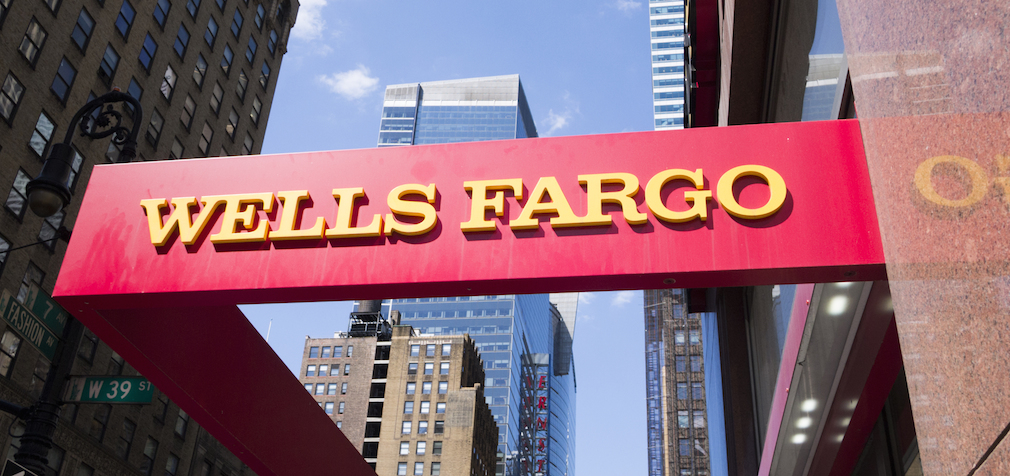Wells Fargo is still facing fallout from the bank’s fake account scandal, which saw the bank fined $185 million for more than 5,000 of the bank’s former employees opening more than 2 million potentially unauthorized accounts to get sales bonuses.
The fake account scandal also led to the bank revoking the 2016 bonuses for its top executives, clawing back even more money from it top execs, firing four senior managers in February, tossing out another two executives in March, and splitting the role of chairman and CEO after its former CEO resigned.
The bank is also nearing a $142 million settlement in a class action lawsuit brought by the customers affected by the fake accounts.
But now, the bank has another scandal on its hands – this one involving the bank wrongfully force-placing auto insurance on as many as 570,000 customers.
And in as many as 20,000 of those cases, the expense of the unnecessary auto insurance may have contributed to those customers’ cars being repossessed.
Wells Fargo disclosed the issue in a release published Friday, and said that it is prepared to hand out $80 million in remediation to the affected customers.
According to the information provided by Wells Fargo, the company reviewed its policies placed between 2012 and 2017 and identified approximately 570,000 customers who “may have been impacted” and will receive refunds and other payments as compensation.
The issue at hand is that Wells Fargo forced additional insurance policies on customers who already had car insurance.
Here’s how Wells Fargo explains the issue:
Customers’ auto loan contracts require them to maintain comprehensive and collision physical damage insurance on behalf of the lender throughout the term of the loan. As permitted under those contracts, Wells Fargo would purchase (insurance) from a vendor on the customer’s behalf if there was no evidence — either from the customer or the insurance company — that the customer already had the required insurance.
But, in response to “customer concerns,” the bank began reviewing its insurance program and “related third-party vendor practices.”
Based on the findings of that initial investigation, Wells Fargo discontinued its Collateral Protection Insurance program in September 2016.
But during the course of that review, Wells Fargo found that “certain external vendor processes and internal controls were inadequate.”
As a result of those “inadequate” processes, the bank said that its customers may have been charged insurance premiums for CPI “even if they were paying for their own vehicle insurance, as required, and in some cases the CPI premiums may have contributed to a default that led to their vehicle’s repossession.”
According to Wells Fargo, its investigation identified three different groups of customers that may have been affected, including approximately 490,000 customers where the bank force-placed insurance for some or all of the time they had vehicle insurance coverage of their own.
Wells Fargo said that it already refunded the premium and interest for the unnecessary insurance at the time the customer made the bank aware of their other insurance.
These customers will also receive additional refunds of “certain fees and some additional interest,” which will total approximately $25 million.
Additionally, approximately 60,000 customers in five unnamed states did not receive complete disclosures from the bank’s vendor as is required by the laws of those states.
In these cases, even if CPI was required, customers will receive a refund including premiums, fees and interest, the bank said.
Refunds for this group are approximately $39 million.
And for the approximately 20,000 customers who lost their vehicle as a result of the insurance issue, Wells Fargo will send additional payments as compensation for the loss of their vehicle.
According to the bank, the payment amount will depend on each customer’s situation and also will include “payment above and beyond the actual financial harm as an expression of our regret for the situation,” the bank said.
Refunds for this group will be approximately $16 million.
Wells Fargo also said that it will work with the credit bureaus to correct all of the customers’ credit records.
Wells Fargo said that it also took “additional steps” to “tighten oversight of third-party vendors” in its auto lending division.
“We take full responsibility for our failure to appropriately manage the CPI program and are extremely sorry for any harm this caused our customers, who expect and deserve better from us,” said Franklin Codel, head of Wells Fargo Consumer Lending, which includes the Dealer Services unit. “Upon our discovery, we acted swiftly to discontinue the program and immediately develop a plan to make impacted customers whole.”






